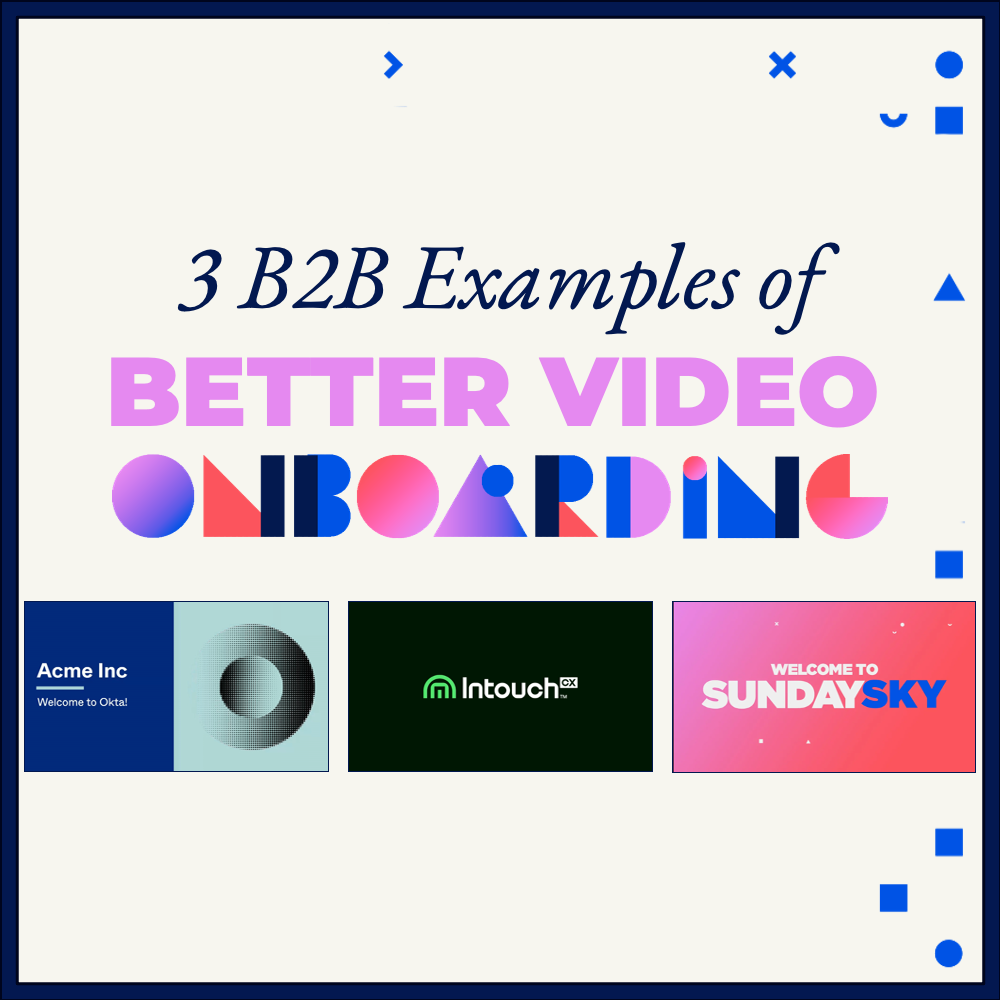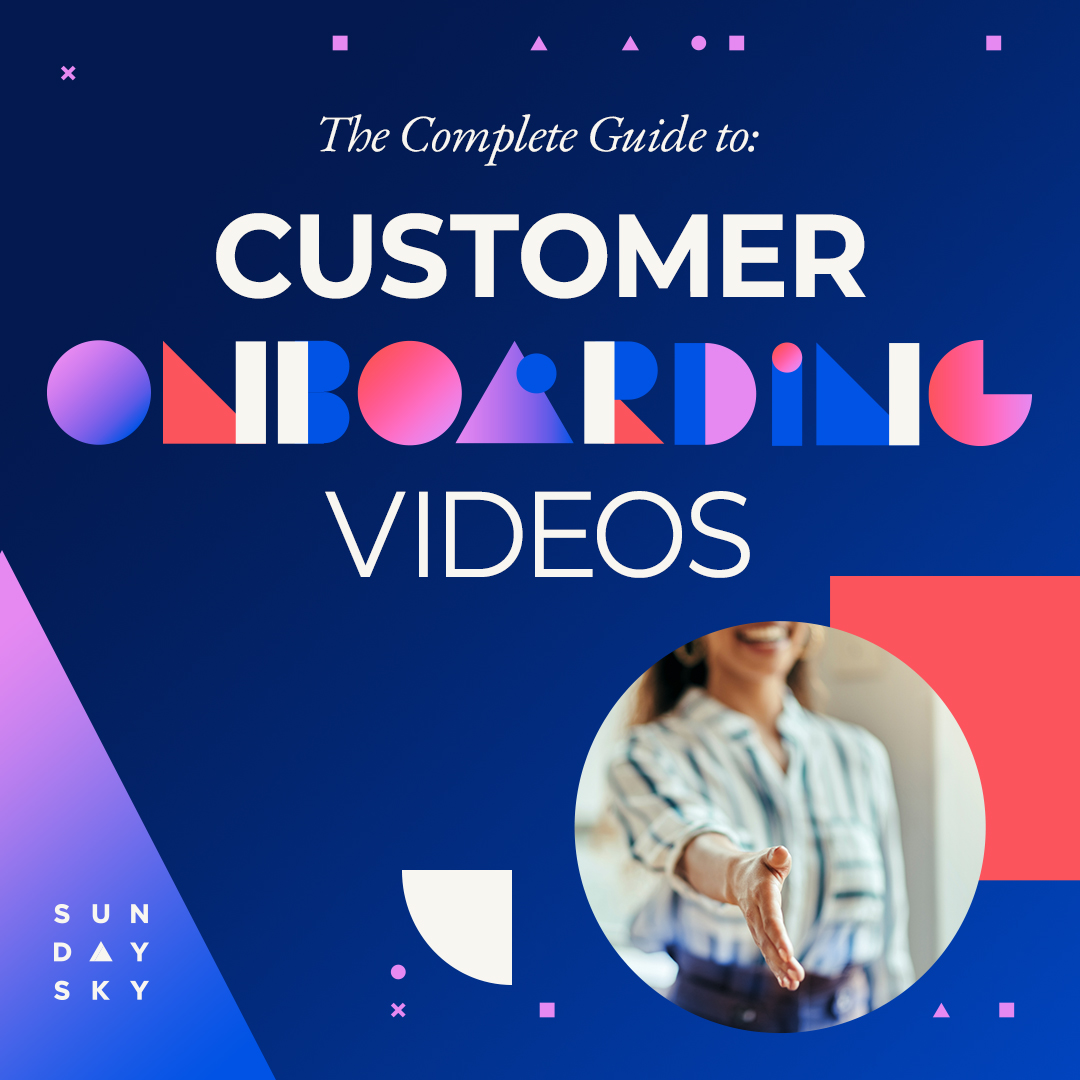Marketing in healthcare has always been complex, but in 2025, it’s more dynamic and more essential than ever. Patients expect more from their health plans and providers. They want clear information, convenient access, and communication that feels personal and timely. And healthcare organizations are responding by rethinking how they engage, educate, and build trust at every step of the journey.
Using digital strategies in the healthcare industry isn’t new, but what’s changing is how healthcare marketers are using these tools to do more than just inform. They’re using them to connect, to simplify, and to help people make decisions about their health with more confidence.
In this article, we break down the healthcare digital marketing tools and trends that matter in 2025, from AI-powered personalization to short-form video, lifecycle campaigns, and real-world examples like Aetna’s approach to personalized video. Whether you’re refreshing an existing strategy or starting something new, this guide will help you focus your efforts where they matter most.
What to Expect in Healthcare Marketing in 2025
The healthcare industry in 2025 is increasingly shaped by two key forces: rising patient expectations and growing competition among providers. Patients are acting more like consumers, comparing options, expecting seamless digital experiences, and seeking care that feels personalized.
To meet those demands, organizations must:
- Prioritize patient-centric care in both services and messaging
- Deliver consistent, relevant engagement across channels
- Use data to understand and anticipate patient needs
This shift requires moving beyond fragmented tactics and embracing future-ready healthcare marketing strategies that integrate digital tools, data systems, and content planning to stay relevant in a rapidly evolving landscape.
The Role of Digital in Modern Healthcare Marketing
Healthcare digital marketing today is defined by experience: how easily patients can find, understand, and act on information about their health, benefits, and care options. It’s no longer enough to simply have an online presence. To truly engage patients, healthcare organizations must create a seamless, omnichannel experience that guides patients through their journey, building trust and supporting informed decision-making.
An omnichannel strategy ensures consistent messaging across all touchpoints—whether patients are searching online, checking emails, or watching an explainer video. The goal is to deliver the right message to the right person at the right time, creating a cohesive experience that fosters patient engagement and satisfaction.
Key digital channels that power an effective omnichannel approach include:
- Search (SEO & Paid): Still one of the most powerful channels for patient acquisition and education.
- Video: A key tool for simplifying complex healthcare information and boosting engagement.
- Paid Ads & Retargeting: Valuable when done in a HIPAA-compliant manner using platforms designed to avoid the use of PHI.
- Email Marketing: Essential for nurturing long-term relationships with personalized, segmented campaigns.
Social Media: Increasingly vital for building trust, brand recognition, and community engagement.
To successfully execute an omnichannel approach, leading healthcare organizations should leverage integrated martech stacks and marketing automation platforms. These technologies help deliver consistent messaging across channels, track engagement in real-time, and personalize experiences based on patient behavior and demographics.
As personalization capabilities grow more sophisticated, so too does the responsibility to safeguard patient data. Ensuring HIPAA compliance is essential. Every interaction must be designed with privacy at its core, from the use of analytics tools to audience targeting strategies. By prioritizing compliance and transparency, healthcare marketers can build trust, deliver meaningful experiences, and protect the privacy of patients at every touchpoint.
2025 Healthcare Marketing Trends to Watch
1. AI-Powered Personalization and Predictive Analytics
AI and machine learning are revolutionizing healthcare marketing by allowing marketers to understand individual behaviors and health needs with greater precision. These technologies enable marketers to predict when a member might disengage and proactively re-engage them. They can also recommend health content or services based on past behavior, ensuring that the right information reaches the right person. Additionally, AI allows for real-time message personalization, adjusting campaign content based on a patient’s interests and actions.
However, personalization in healthcare marketing must be handled with care. Over-personalization—especially when it feels intrusive or overly familiar—can backfire, making patients feel uncomfortable or exposed.
To strike the right balance, healthcare marketers should focus on delivering personalization that is useful, respectful, and aligned with the patient’s needs. This ensures relevance without crossing into territory that feels invasive.
2. Short-Form Video and Interactive Content
Patients are busy and want to consume information quickly and clearly. In 2025, short-form video has become one of the most effective content formats in healthcare. It’s an excellent way to explain plan options or coverage details in a concise and engaging manner. Short-form videos also educate members on how to utilize their benefits effectively and promote wellness initiatives, including preventive care.
Additionally, interactive tools like quizzes, appointment schedulers, and coverage calculators help transform passive viewers into active participants. By integrating these tools with video content, healthcare organizations can enhance engagement and empower patients to take charge of their health decisions.
3. Generative AI and Chatbots in Healthcare
Generative AI is revolutionizing content production, enabling fast and scalable creation of everything from FAQs to onboarding emails. Meanwhile, chatbots are becoming more intelligent and empathetic, providing valuable assistance to users as they navigate plan options, schedule appointments, and understand costs and coverage.
This advancement enhances efficiency while boosting patient satisfaction and improving access to care by delivering timely, relevant information in a user-friendly way.
4. Privacy-First Marketing
As personalization in healthcare marketing deepens, the need to protect patient data becomes even more critical. In 2025, adopting a privacy-first approach is essential for balancing compliance while still delivering effective marketing. Key best practices include transparent data collection policies, upholding the ‘Minimum Necessary’ principle set by HIPAA, providing easy opt-outs, and integration with secure, compliant platforms.
By prioritizing privacy, healthcare organizations can build trust with patients while ensuring that their marketing efforts remain both effective and ethical.
How to Build a Future-Ready Healthcare Marketing Strategy
To stay competitive in 2025, healthcare marketers must be intentional, agile, and closely aligned with their organization’s mission and digital maturity. A successful strategy requires a deep understanding of both the evolving healthcare landscape and the needs of patients.
Define Your 2025 Goals and Target Audiences
The first step is to clearly define your marketing priorities, which could range from increasing enrollment and improving retention to promoting wellness programs. Once these goals are established, you can define your target segments, such as new enrollees versus returning members, employer groups versus individual consumers, or high-risk and high-utilization patients. Knowing your audience is critical for tailoring messages that resonate and drive action.
Craft Content for Every Stage of the Patient Journey
Crafting content for every stage of the patient journey is essential. During the awareness stage, content like SEO-optimized blog posts, social media ads, and explainer videos help inform and attract prospective patients. In the consideration phase, personalized emails and benefit comparison tools allow patients to evaluate their options and make informed decisions. Once a patient is ready to enroll, smooth, guided enrollment journeys and chatbot assistance make the process easy and seamless. Finally, retaining patients requires ongoing engagement, which can be achieved through wellness reminders, educational content, and renewal campaigns.
Leverage Video to Personalize and Engage
One of the most effective ways to engage and personalize content is through video. Personalized video is becoming an essential part of modern healthcare marketing. Leading health plans are using dynamic video content to welcome and onboard new members, explain individual coverage details, and promote preventative care tailored to specific patient needs.
Integrate with EHR, CRM, and Telehealth Systems
To create a truly seamless experience, healthcare marketing must integrate with backend systems like Electronic Health Records (EHRs), Customer Relationship Management (CRM) platforms, and telehealth solutions. This integration ensures that marketing efforts reflect real-time patient data, which makes the experience more personalized, relevant, and timely.
By aligning your goals with patient needs, leveraging personalized content, and integrating seamlessly with backend systems, you can create a more engaging and effective patient journey. As the healthcare landscape continues to evolve, embracing these practices will position your organization to build stronger relationships with patients, drive better outcomes, and maintain a competitive edge.
Common Challenges in Healthcare Digital Marketing
While opportunities are growing, healthcare marketers also face unique hurdles. From compliance to internal silos, below are three common challenges you may come across in your journey to build an omnichannel marketing strategy.
Compliance and Data Security
Compliance with regulations like HIPAA and regional privacy laws is non-negotiable. These regulations impose strict guidelines on how patient data is handled, requiring healthcare marketers to be extra cautious when using sensitive information for marketing purposes.
- Limit the use of personal health information (PHI) in marketing: Marketers should avoid using sensitive data, such as detailed health histories or treatment specifics unless they have explicit consent from patients.
- Use secure platforms for data storage and marketing automation: Healthcare marketers must ensure that all data storage and marketing automation platforms meet the necessary security standards to safeguard patient information.
- Regularly audit data access and usage: Conducting regular audits is crucial to ensure that patient data is being used appropriately and that only authorized personnel have access.
Bridging the Digital Divide
Underserved communities often face significant barriers when it comes to accessing digital tools, broadband, and the Internet. This creates challenges for healthcare marketers trying to reach these groups effectively. To bridge the digital divide, healthcare marketers should implement strategies that address these disparities and ensure that their messages are accessible to all patients.
- Offline tactics where needed: For communities with limited access to digital tools, using offline methods like printed materials, phone calls, and community outreach can help ensure that crucial health information still reaches these groups.
- SMS communication: SMS is a powerful and cost-effective tool for communicating with patients who may not have reliable internet access but can receive text messages.
- Simplified user interfaces and multilingual content: Simplifying websites and mobile apps and offering content in multiple languages can help ensure patients from diverse backgrounds can easily navigate healthcare platforms and access information.
Overcoming Internal Silos
Many healthcare organizations still struggle with internal silos, where marketing, IT, and clinical teams operate independently without much collaboration. To overcome this challenge and build high-performing teams in 2025, healthcare organizations should prioritize collaboration and alignment.
- Align on shared goals: It’s important for all teams to have common objectives. For instance, aligning marketing, clinical, and IT teams on goals like improving patient engagement or increasing preventive care rates ensures that everyone is working towards the same outcomes.
- Co-develop content with clinical oversight: Marketing teams should collaborate with clinical experts to ensure that the content being produced is medically accurate, relevant, and patient-centered.
- Regularly review marketing performance together: By holding regular meetings to review marketing performance, clinical teams, IT, and marketing departments can share insights, address challenges, and optimize strategies.
Real-World Examples of 2025 Marketing in Action
Aetna’s Personalized Member Video Experience
Aetna, a leading healthcare organization, partnered with SundaySky to build personalized video experiences for their Commercial health plan and Group Medicare plan members. They orchestrated personalized video experiences at key moments to support and guide members through their journeys, including health plan comparisons, during the onboarding process, for benefits education on high-deductibles.
The results? Aetna saw a significant lift in Net Promoter Score (NPS) as well as incremental value in cost savings per video view, measured by fewer calls into the call center by viewers and lower medical costs from fewer out-of-network visits, fewer emergency room visits, and more enrollments for chronic care management programs.
This is a prime example of how video, personalization, and digital engagement come together to drive real impact. For more on how this works, read the full case study.
Conclusion
The future of healthcare marketing is about more than just clicks and impressions—it’s about creating better, more connected patient experiences. In 2025, successful healthcare marketing strategies will be those that combine digital fluency with human empathy, data with privacy, and personalization with purpose.
Healthcare marketers who embrace these trends, especially in video, AI, and omnichannel engagement, will not only improve their ROI, but also help patients feel informed, supported, and empowered.
Ready to elevate your healthcare marketing? Explore how video personalization is transforming engagement.




